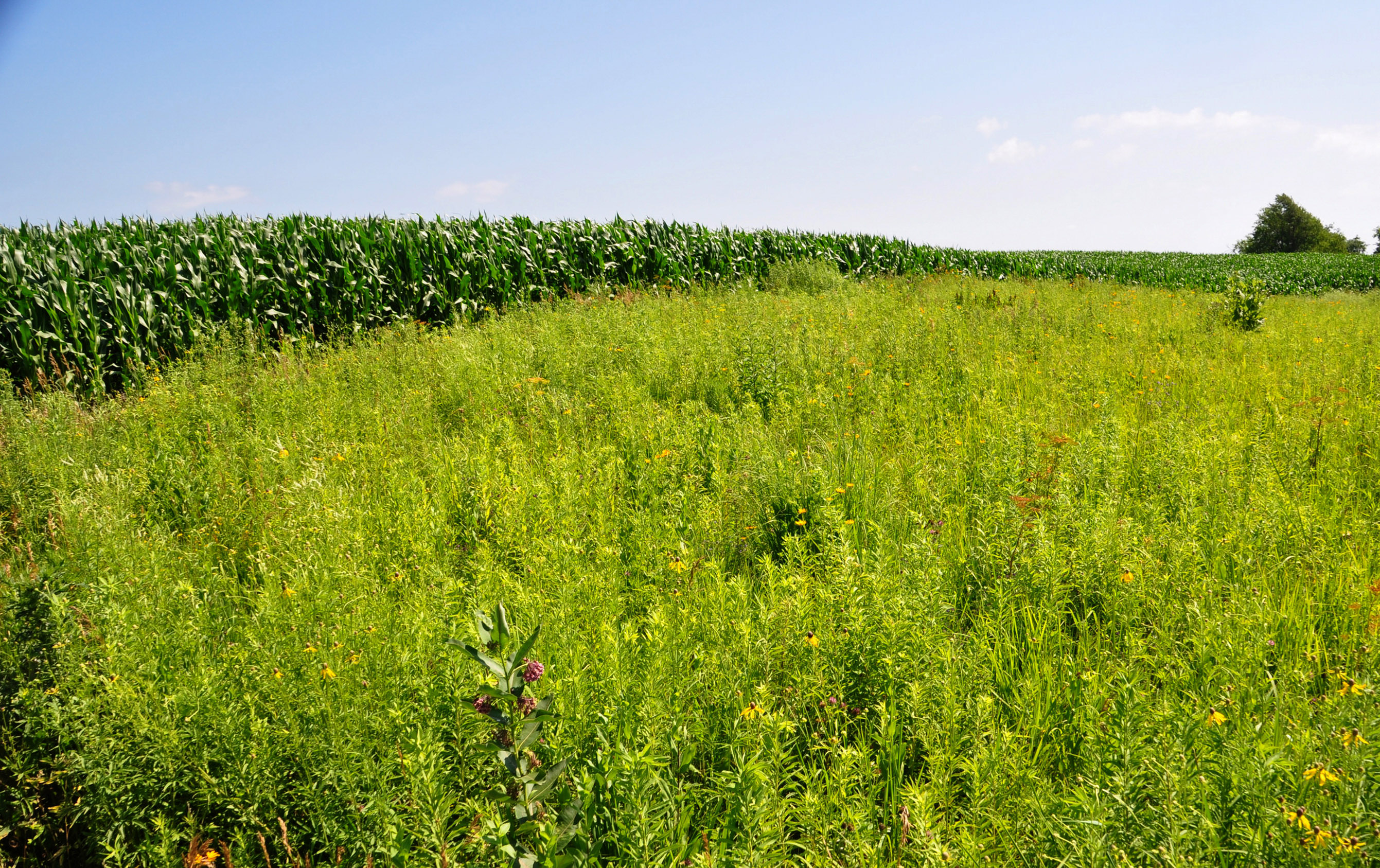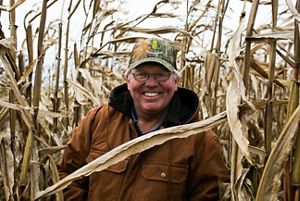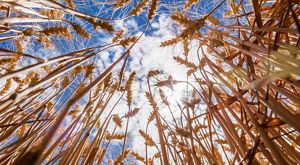Edge of Field Practices in Agriculture
A whole-farm, collaborative approach to working lands conservation.
Webinar: Leading at the Edge
Watch a 1-hour recording of Feb. 5 webinar on accelerating edge of field practices.
Watch the RecordingScience tells us that moving toward a regenerative agriculture system by improving nutrient management and rebuilding soil health in farm fields can deliver dramatic benefits for farmers—and improve environmental outcomes. Research also tells us that focusing our efforts on in-field practices alone is not enough.
We need to improve conservation opportunities at the edges of the farm fields, too.
Media Inquiry?
For media inquiries, contact Christine Griffiths at cgriffiths@tnc.org or 912/222-3297.
A Roadmap for Success
The Nature Conservancy (TNC), Soil and Water Conservation Society (SWCS), and Meridian Institute convened 26 senior leaders from agriculture, the supply chain, civil organizations and former government officials to develop a framework for action, including nine recommendations to accelerate the adoption of edge of field practices. These recommendations are built upon three cross-cutting themes:
- Invest in science, technology, and data to increase understanding of the effectiveness of practices and provide farmers and conservation professionals with the information necessary to inform EoF practice implementation.
- Align policies and programs so they work in tandem and amplify corporate supply chain efforts and emerging ecosystem services markets to create watershed-level improvements.
- Communicate a vision of a more holistic, regenerative U.S. agriculture system to develop a shared appreciation of the importance of edge of field practices among farmers, landowners, and others throughout the value chain.
The Roadmap is a call to action for conservation groups, policy makers, farmers, farm organizations, supply chain companies and other agricultural stakeholders to work collaboratively for a robust and sustainable food system. Find out how you can help by emailing soil@tnc.org.
Download
-
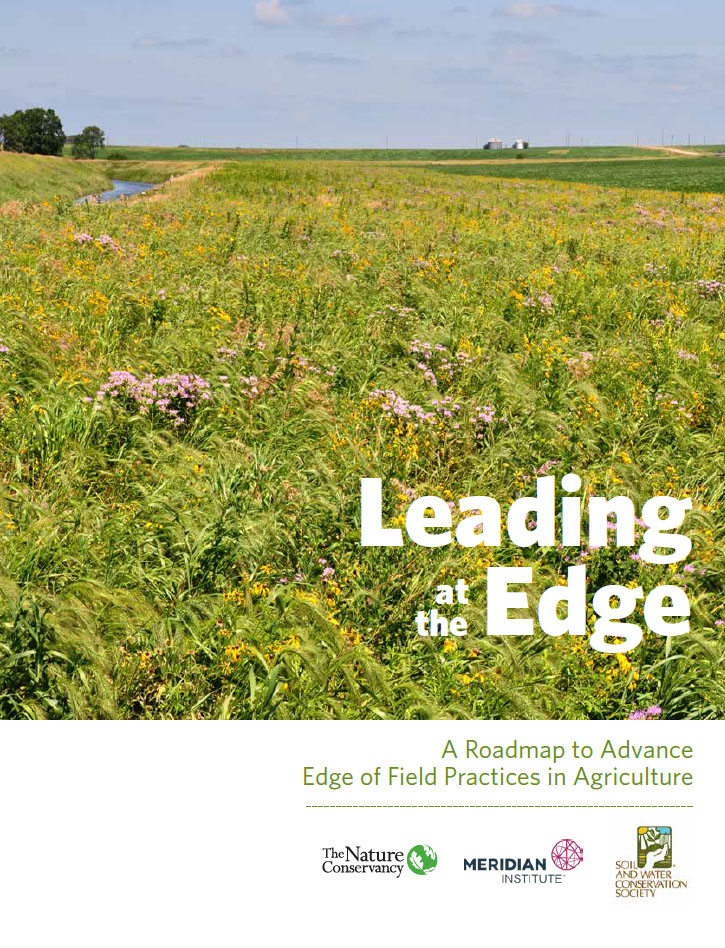 Leading at the Edge
Leading at the EdgeA Roadmap to Advance Edge of Field Practices in Agriculture. Executive Summary.
DOWNLOAD
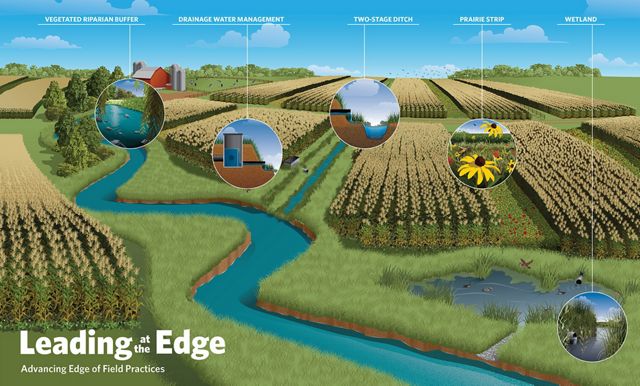
Edge of Field Practices
-
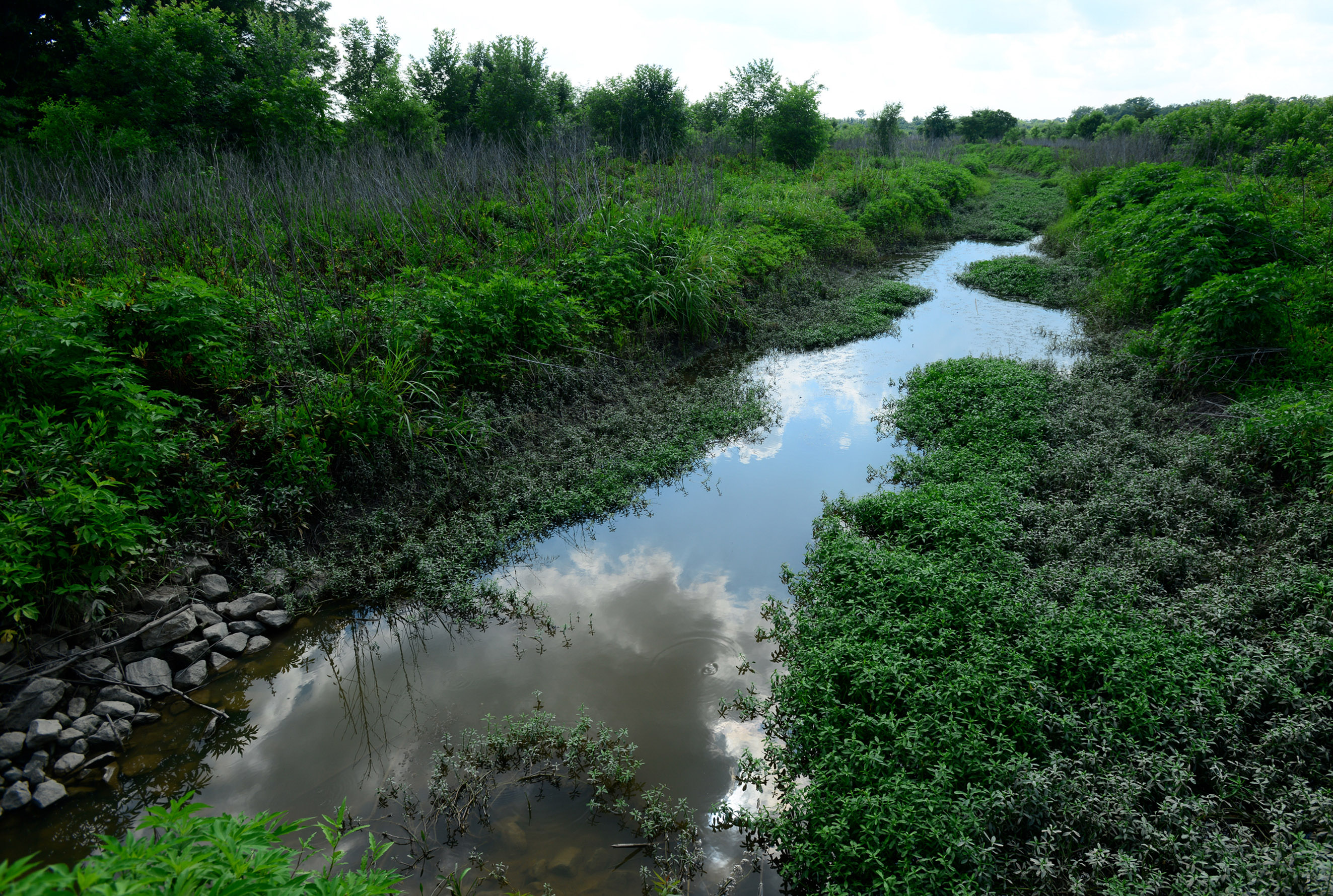
Vegetated Buffer
A vegetated buffer provides a transition zone between the crop field and a water feature. Vegetation in the buffer slows surface runoff, filters pollutants and reduces erosion. Examples include filter strips, field borders and riparian buffers. More on vegetated buffers.
-
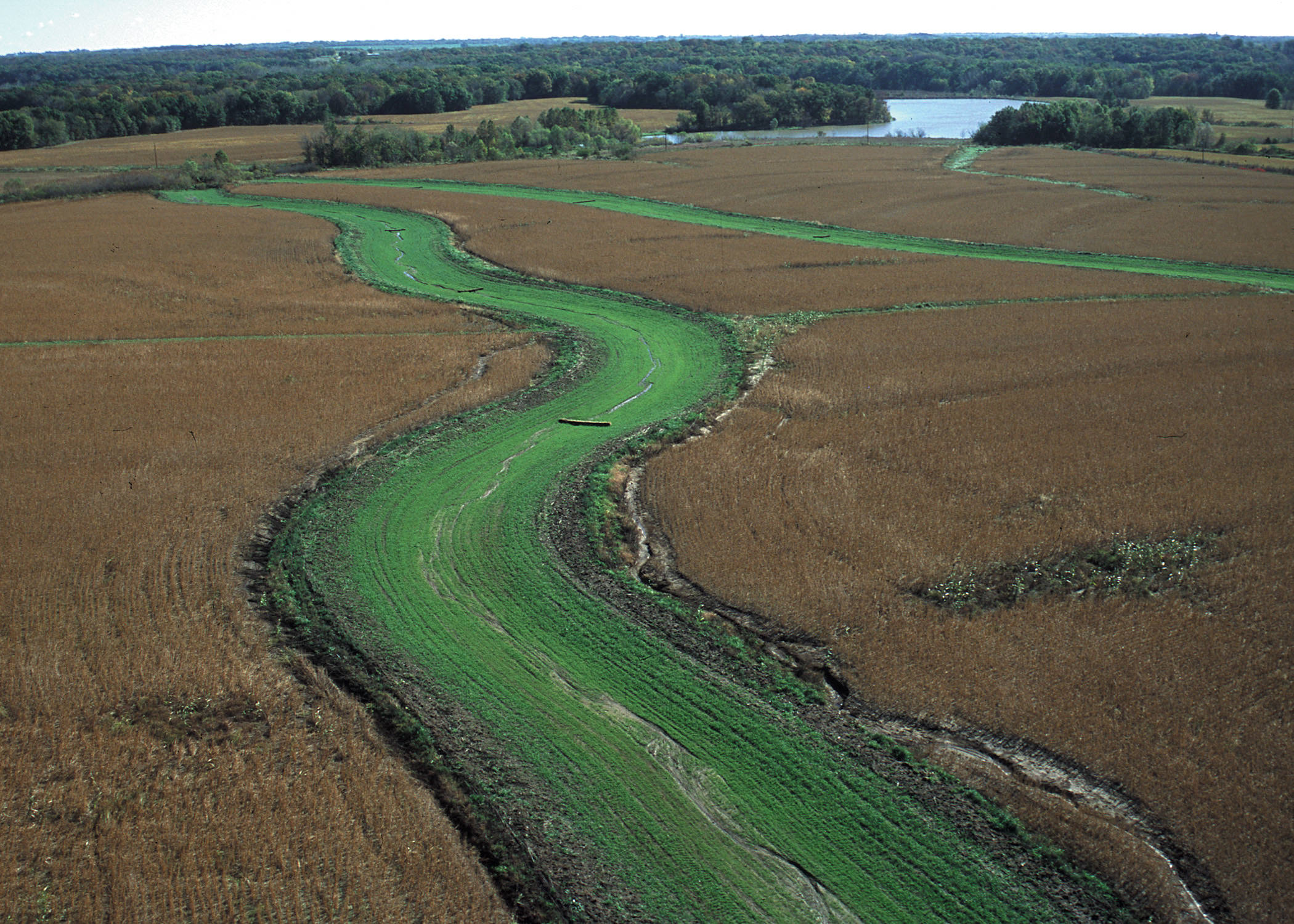
Grassed Waterway
A grassed waterway is an erosion control practice that provides a stabilized flow path for water through a farm field. More on grassed waterways.
-
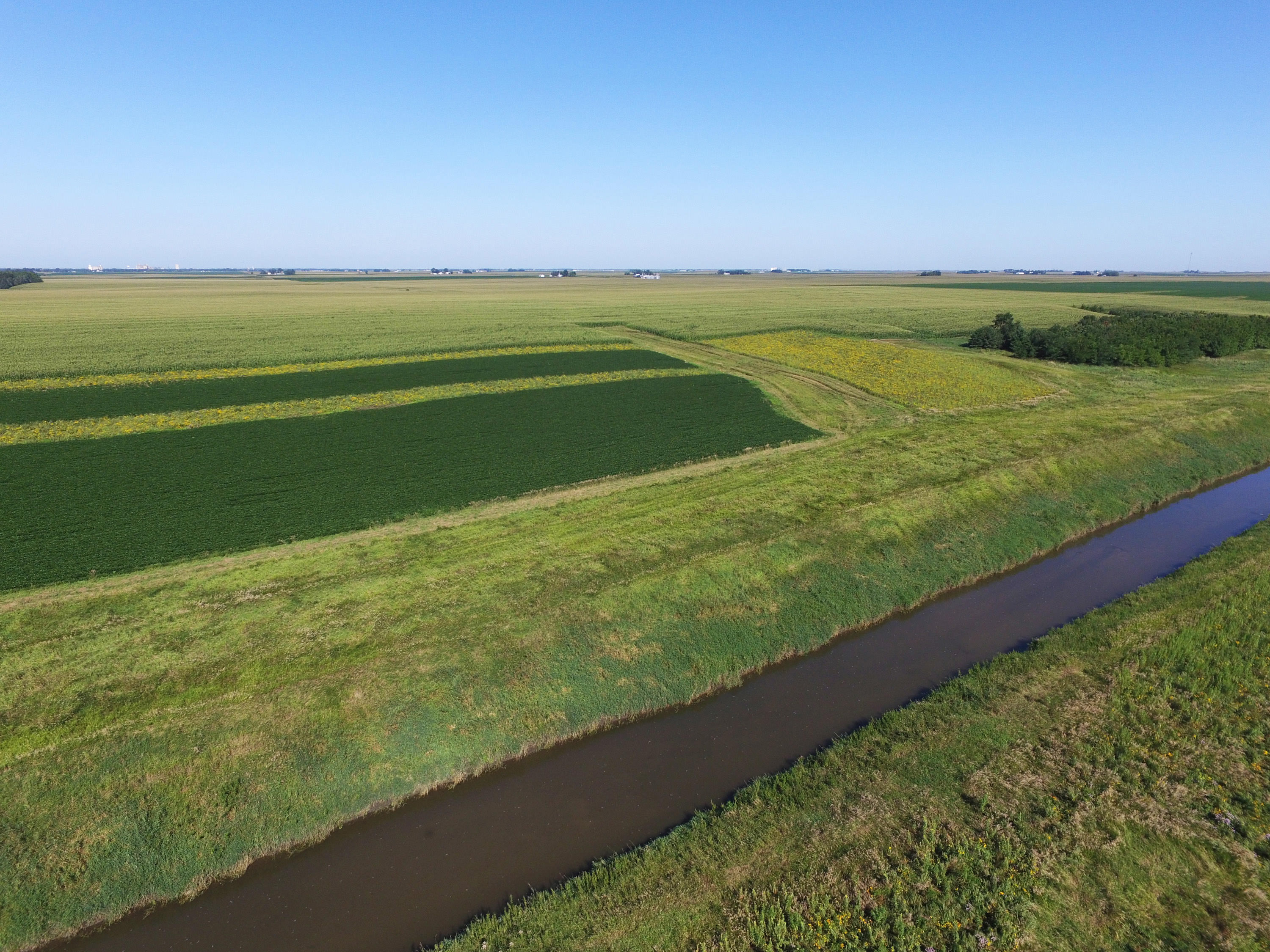
Prairie Strips
Prairie strips integrated with or planted at the edge of crop fields reduce nutrient and sediment loss while benefitting birds, pollinators and other wildlife. More on prairie strips.
-
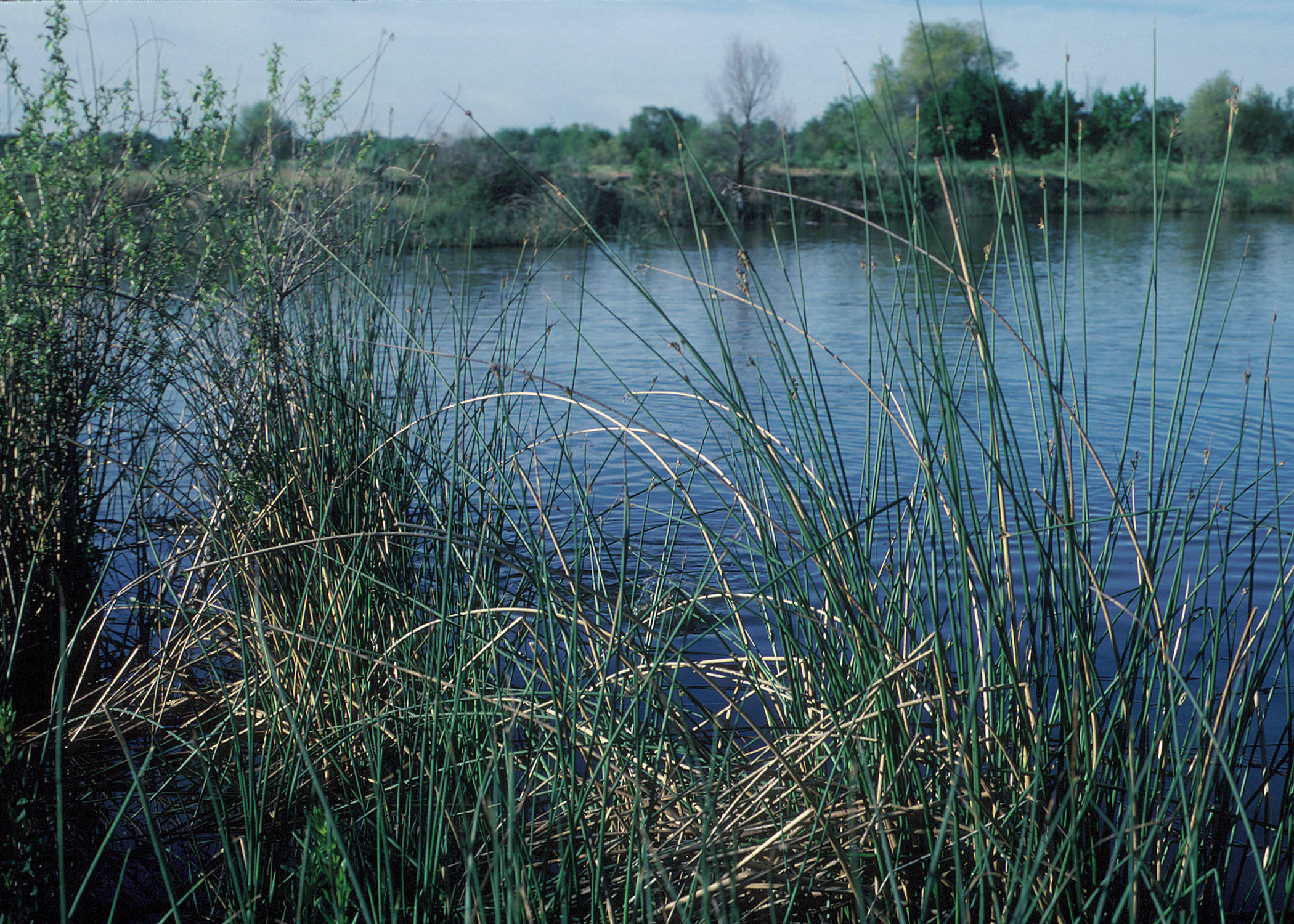
Constructed Wetland
A constructed wetland is an engineered ecosystem designed to optimize specific wetland characteristics and functions to improve water quality. Constructed wetlands can be designed to treat surface and/or subsurface flows. More about constructed wetlands.
-
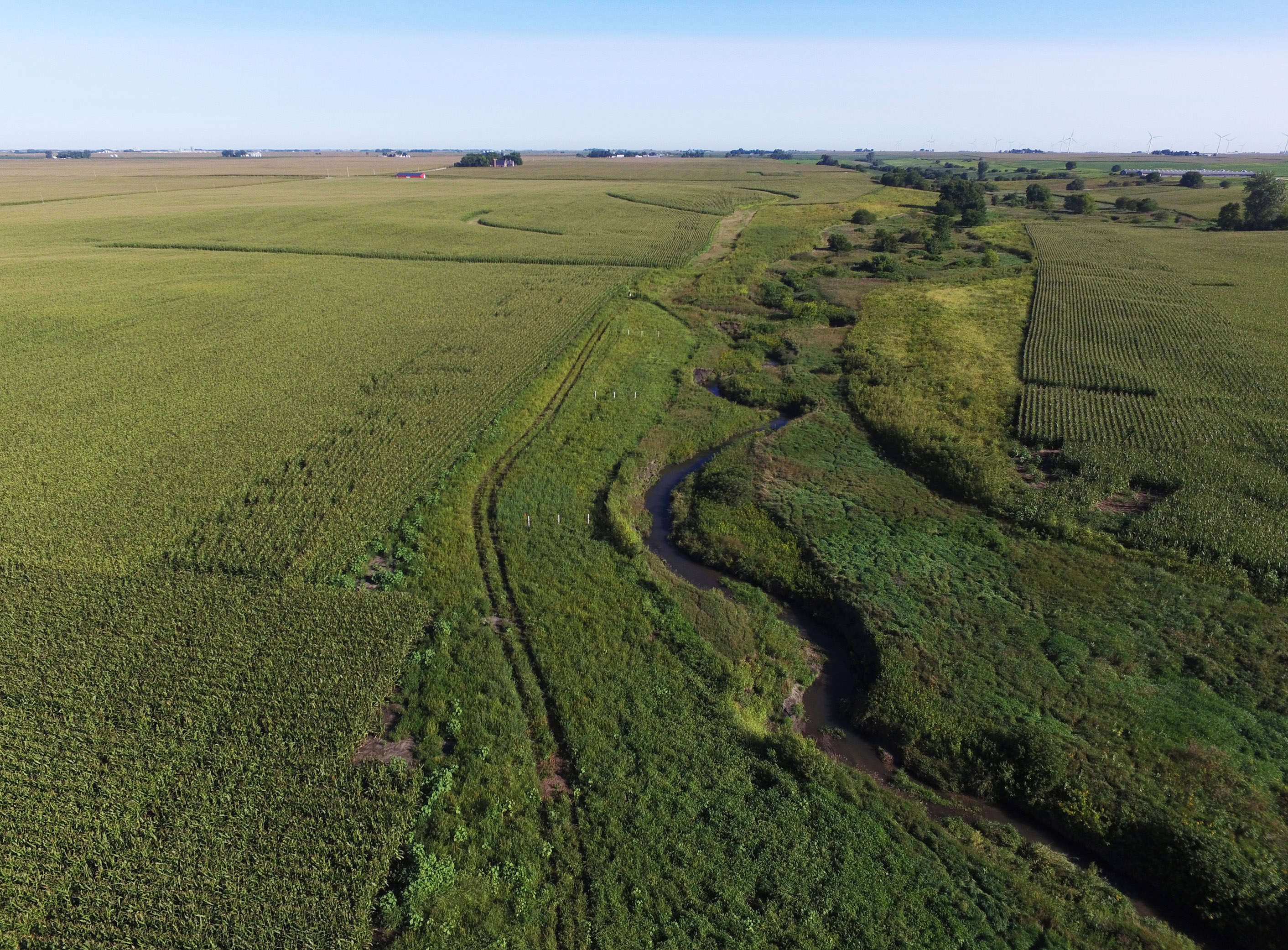
Saturated Buffer
A saturated buffer resembles a traditional buffer, but it is designed to capture and treat water from underground tile drains. As water seeps slowly through the buffer, high organic matter in the soil promotes denitrification. More about saturated buffers.
-
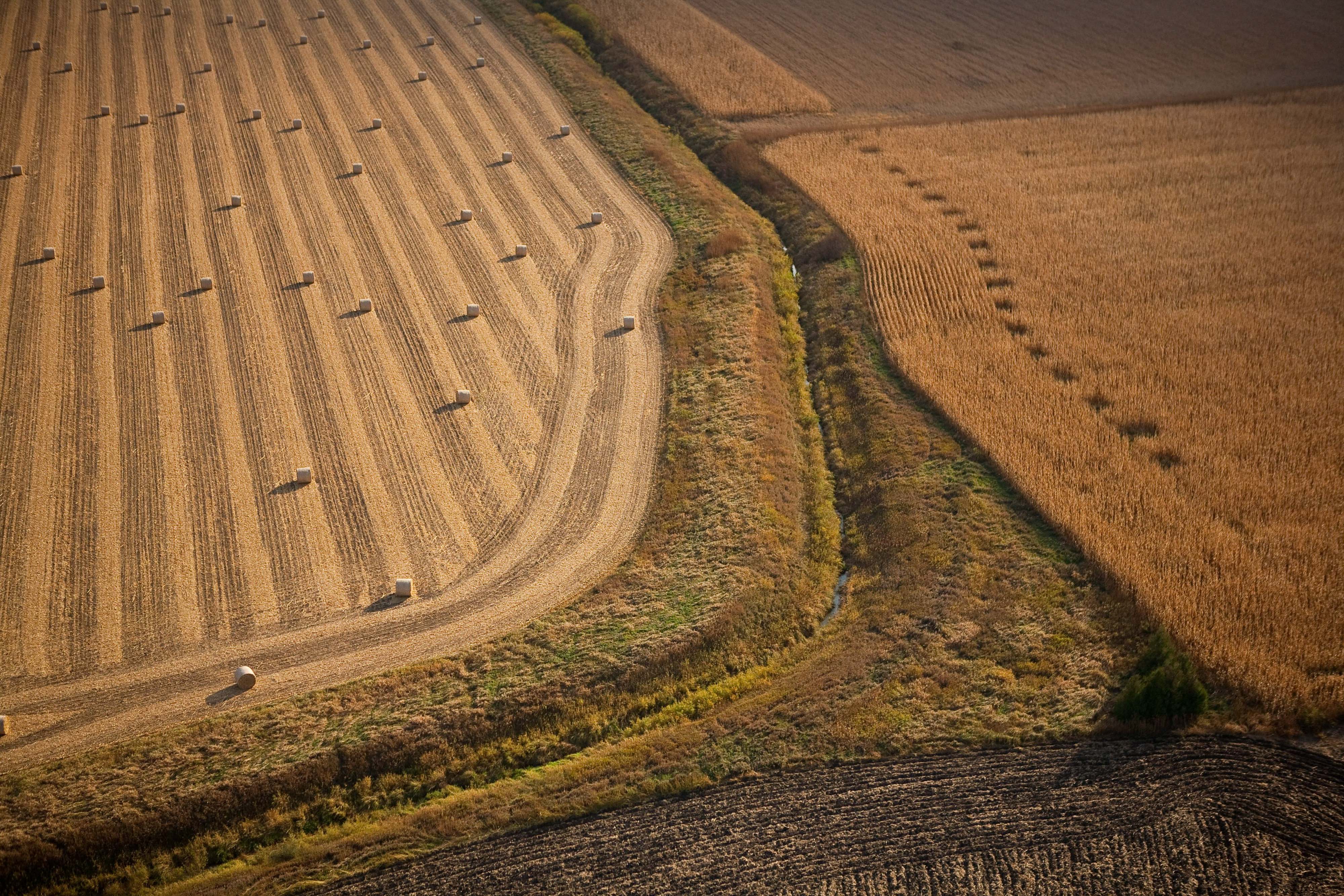
Two-Stage Ditch
A two-stage ditch is trapezoidal drainage ditch with added floodplain benches that slow water flow and promote sediment and nutrient retention and bank stability. More on two-stage ditches.
Many of the photos on this page came from the Soil and Water Conservation Society’s Conservation Media Library, a multimedia resource for images, videos, factsheets and other resources. The Library is open to all, and the materials can be downloaded and circulated free of charge. SWCS is a close TNC partner in our work to expand the use of edge of field practices on U.S. farmland.
Download
A Roadmap to Advance Edge of Field Practices in Agriculture. Executive Summary.
DOWNLOAD Leading at the Edge - Full Report